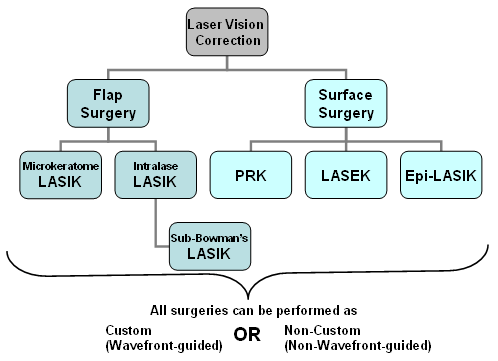Considering Cataract Surgery? Review Both Typical And Laser Approaches To Find The Important Factors That Will Affect Your Vision - You Could Be Surprised By The Decision

Write-Up Writer-Rutledge Gadegaard
When considering the option between traditional cataract surgical treatment and laser-assisted strategies, you may find yourself weighing the benefits and downsides each method offers. The choice exceeds the surface area level of expense and accuracy, diving right into the world of long-term end results and patient contentment. As you navigate with the complexities of these 2 approaches, it comes to be important to recognize the nuanced details that can considerably affect your aesthetic clarity and total experience. Keep tuned to discover the essential elements that will certainly lead your decision-making procedure in this essential facet of eye treatment.
Typical Cataract Surgical Procedure Advantages And Disadvantages
When taking into consideration standard cataract surgery, you might find that it's a well-established and widely-used technique. In this procedure, a specialist makes a little laceration in the eye and makes use of ultrasound to separate the gloomy lens before removing it. Once the cataract is gotten rid of, a synthetic lens is placed to recover clear vision.
Among the major advantages of traditional cataract surgical procedure is its performance history of success. Lots of patients have actually had their vision substantially improved through this procedure. In addition, standard surgical treatment is frequently covered by insurance, making it a much more accessible alternative for several people.
Nonetheless, there are some drawbacks to standard cataract surgical treatment too. Healing time can be longer contrasted to more recent methods, and there's a slightly greater threat of problems such as infection or swelling. Some people may also experience astigmatism or need analysis glasses post-surgery.
Laser-Assisted Techniques Pros and Cons
Checking out laser-assisted methods for cataract surgical procedure reveals a modern-day strategy that uses laser modern technology to execute essential action in the procedure. Among the primary benefits of laser-assisted cataract surgery is its precision. The laser enables very precise cuts, which can cause better visual results. Furthermore, using lasers can minimize the quantity of ultrasound energy needed during the surgical treatment, potentially decreasing the risk of issues such as corneal damage.
On the downside, laser-assisted strategies can be extra pricey contrasted to typical approaches. This expense mightn't be covered by insurance policy, making it much less accessible to some clients.
Suggested Reading to consider is that not all cataract surgeons are trained in laser innovation, which could limit your choices for picking a surgeon.
Finally, while the laser can automate particular facets of the treatment, the surgical procedure still calls for a skilled specialist to ensure effective outcomes.
Relative Evaluation of Both Techniques
For a thorough understanding of cataract surgical procedure methods, it's vital to perform a relative evaluation of both standard and laser-assisted methods.
Traditional cataract surgery entails hands-on lacerations and using handheld devices to break up and eliminate the gloomy lens.
On the other hand, laser-assisted cataract surgery utilizes innovative innovation to produce accurate incisions and break up the cataract with laser energy before removing it.
In terms of precision, laser-assisted methods offer a higher degree of accuracy compared to typical techniques. Making use of lasers permits personalization of the procedure based on each person's eye makeup, potentially resulting in much better aesthetic end results.
Nonetheless, laser-assisted cataract surgical treatment has a tendency to be much more pricey than typical surgery, which may limit availability for some people.
While both approaches are effective in recovering vision damaged by cataracts, the choice in between conventional and laser-assisted strategies often relies on variables such as cost, precision, and specific person needs.
Consulting with your ophthalmologist can assist identify one of the most ideal strategy for your cataract surgery.
Final thought
Finally, when deciding between traditional cataract surgical procedure and laser-assisted methods, consider variables like price, precision, and individual demands. Conventional surgical procedure uses a tried and tested track record and insurance policy protection but might include longer recuperation times. Laser-assisted techniques give greater precision and personalization however can be a lot more costly and not always covered by insurance coverage. Inevitably, you could try these out between both methods relies on what is most important to you and your specific scenario.

